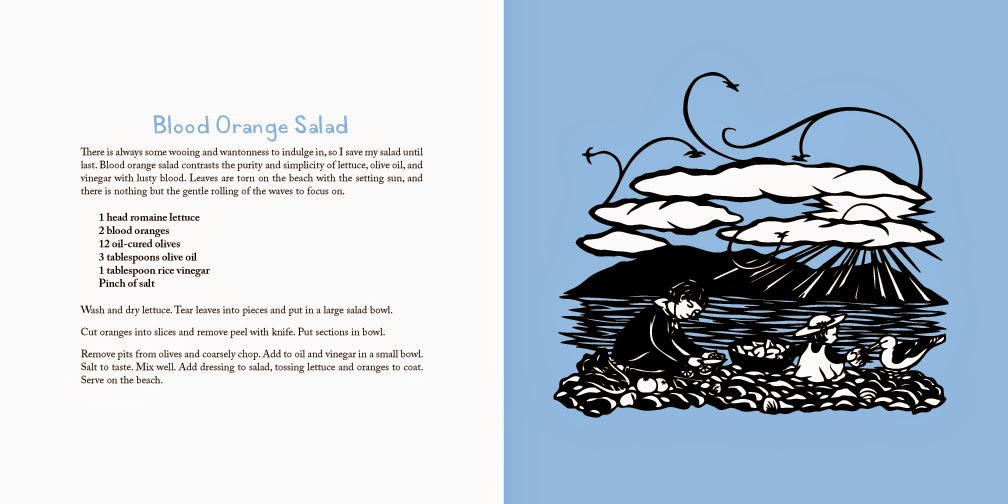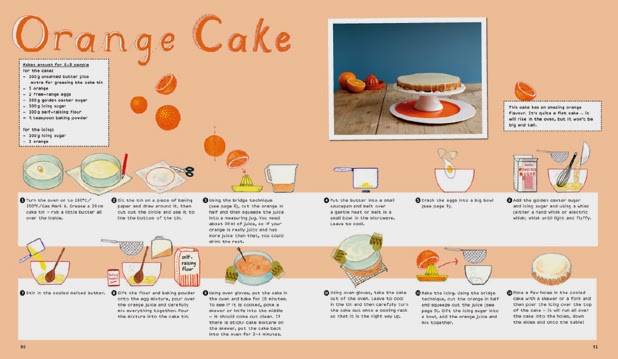Sara Fanelli's originality has brought a breath of fresh air to the world of British picture books. With an off-beat sense of humour and an inventive approach to everything from page design and typography to choice of materials, she has the kind of vision you might associate with illustrators such as Kveta Pacovska or Wolf Erlbruch, closer to Czech or German traditions than to British ones.
Fanelli's favoured medium is collage, which she has developed in a very personal way. She took it up not just as a way of moving on from the flat colours she's always used in her paintings, but also to make use of a vast collection of bits and pieces. Everything in Fanelli's collages has had a previous life to be relayed or reinvented. Sweet papers are crinkled and torn, newsprint is yellowed: every mark, every stain has its own story to tell. Surfaces are sprinkled with sugar, lentils, spaghetti and rice to create different, unexpected textures.
Fanelli has always rejected the conventional approach to illustration, lettering and page design. She sees the book as a tactile three-dimensional object and tries to put every element of it to work, celebrating the art of hand-writing, emphasising its close relationship with drawing, scribbling and doodling. Scribbles occur throughout Fanelli's books - urgent angry scribbles, quiet fluffy scribbles, rhythmic scribbles and wanton loopy scribbles, she says to "generate a sense of energy on the page".
There is a beautiful variety found in her work, strange creatures painted on tickets, graph papers and an eclectic mix of found and created surfaces, giving Fanelli's work such rich texture and diversity. I love her ability to experiment, playing around with compositions and interweaving different items that she may be using, never using a computer to create her artwork. It gives a certain roughness to her work, as her imagination is laid out on the page, similar to that of a child's work.


















































